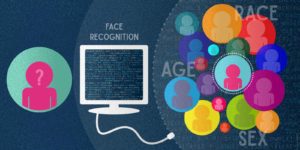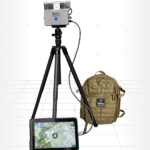
Face recognition algorithms produce different rates of accuracy based on sex, age, and race or country of birth, although algorithms that are more accurate generally produce fewer errors, according to a new report by the National Institute of Standards and Technology (NIST). NIST says the study on demographic effects is the “first of-its-kind and is the third report so far by NIST under its Face Recognition Vendor Test effort. It concludes that “We found empirical evidence for the existence of…

 By
By 











